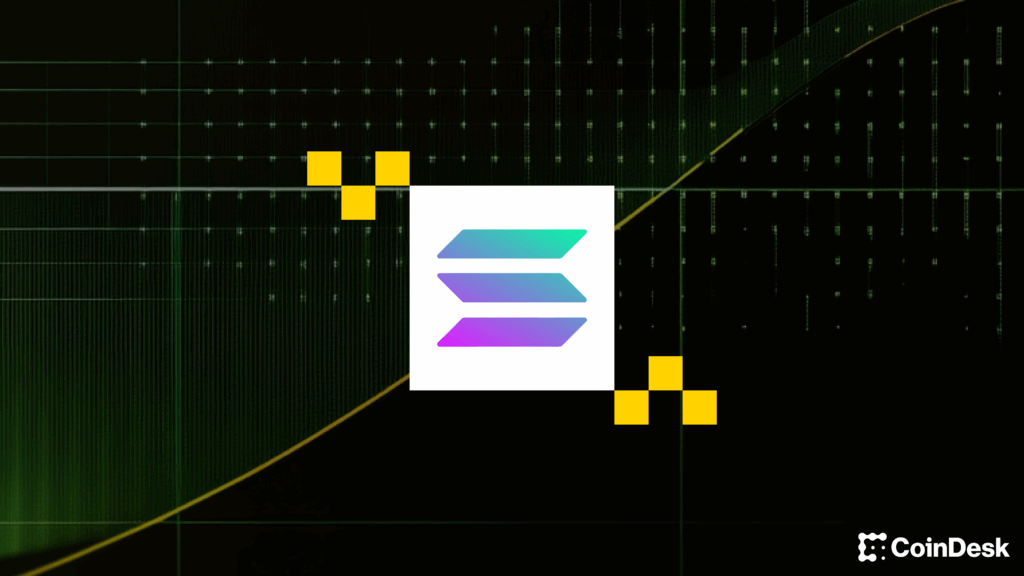The Solana network continues to show unexpected resistance, according to a new investigation by Matt Mena, a cryptographic research strategist in 21shares.
In a blog post published on Monday, Mena said Solana generated approximately $ 2.85 billion in annual revenues from October 2024 to September 2025, consolidating her position as one of the fastest growing Blockchain economies of Crypto. He described the income as “remarkably strong”, even when the frenzy memecoin speculative that promoted commercial volumes at the beginning of the year has cooled.
Mena attributed Solana’s force to her wide mix of activity. He said that decentralized exchanges, commercial tools, loans, wallets and emerging sectors such as depin and applications driven by AI contributed significantly to rates and the use of the network.
While commercial tools such as Photon and Axiom led the way, collectively generating around $ 1.12 billion, or 39% of total revenues, Mena emphasized that the value of Solana now comes from its diversity instead of a single trend.
Even after the peak months of the late 2024, Mena said that the monthly income of Solana has stabilized between $ 150 million and $ 250 million, which suggests a sustained demand for block space and activity beyond the speculative waves.
He compared the total revenues of the network with the $ 2.8 billion of Palantir and the $ 2.95 billion of Robinhood in 2024, saying that Solana is “bringing the scale of the main web 2 platforms.”
Mena also contrasts Solana’s position with the previous development stage of Ethereum.
He said that four or five years after the launch, where Solana is now, Ethereum averaged less than $ 10 million per month in revenue, highlighting how fast Solana has monetized the use of the chain. He accredited Blockchain’s high performance, low transaction rates and growing ecosystem to accelerate adoption.
According to Mena, Solana’s evolution reflects a change in preparation resistance.
He pointed out the upcoming technical updates such as Firedance and Alpenglow that aim to improve speed and scalability, added that these advances could place Solana for greater institutional participation.
“Solana is no longer an experiment,” Mena wrote. “It is a digital economy in operation that shows a power of real permanence.”




